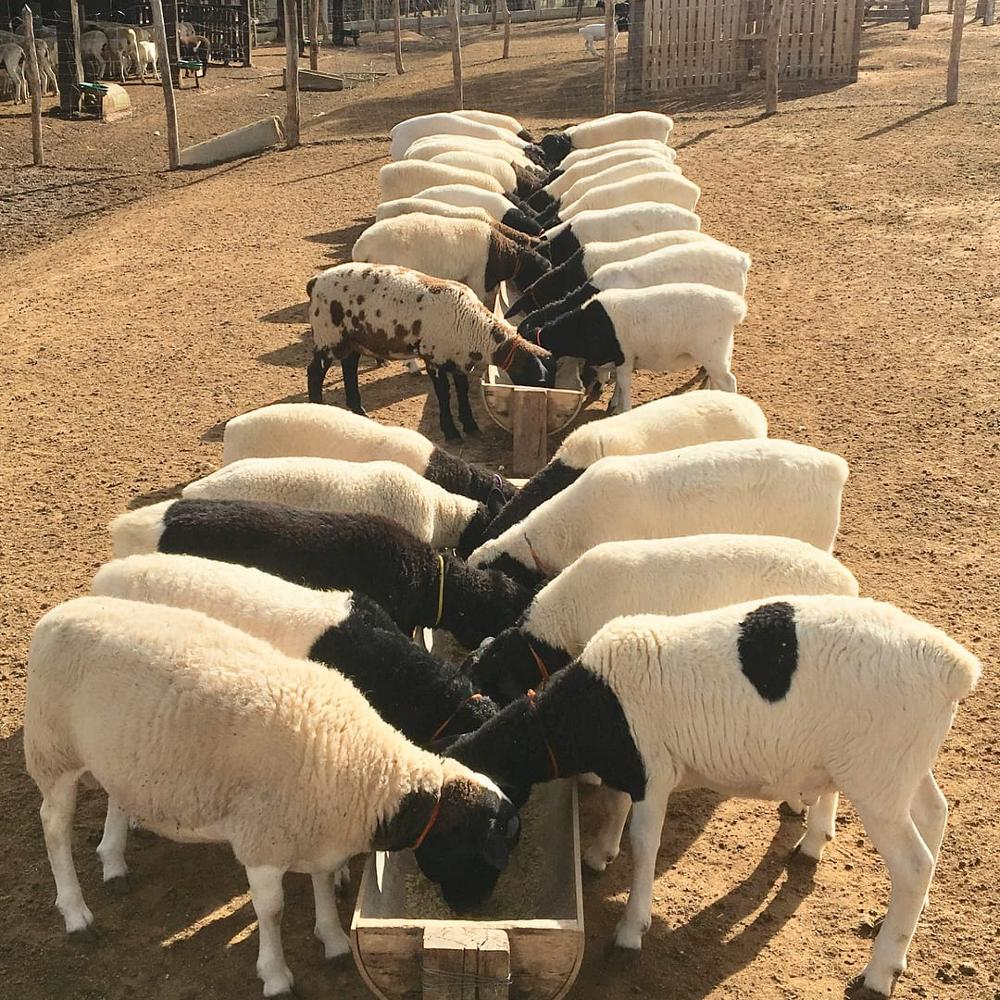
From way back, sheep have been raised for the purpose of generating an income for both the farm and family needs. While some farms make a majority of their income from raising sheep, sheep production is more often a secondary enterprise on a farm. Sheep-raising compliments many other agricultural enterprises. It is a popular enterprise for many part-time and lifestyle farmers. Sheep production is considered a good activity for youth and pensioners, it can also be enjoyable to them. Sheep are easier to handle than larger livestock and the investment in breeding stock, equipment, and facilities is usually much less than for other enterprises.
Feeding and watering of sheep
For almost all livestock enterprises, feeders are a necessity. Feeding on the ground results in considerable feed wastage and contributes to the spread of disease, especially internal parasites and abortion. Properly constructed feeders help to minimize feed wastage. Choose feeders that can be hung on the side of the fence, then removed after the sheep have finished eating. Sheep can be fed silage, hay or baleage.
Clean, fresh water is a daily necessity for sheep and lambs. Sheep prefer to drink still water as opposed to water from a moving stream. Remember that requirements increase greatly during late gestation and lactation. Water intake is positively correlated to feed intake. Sometimes, sheep will seem to drink very little water. This is probably because they are consuming feeds or forages that are sufficiently high in moisture content. As the grass gets drier or their diet gets drier, they will consume more water.
